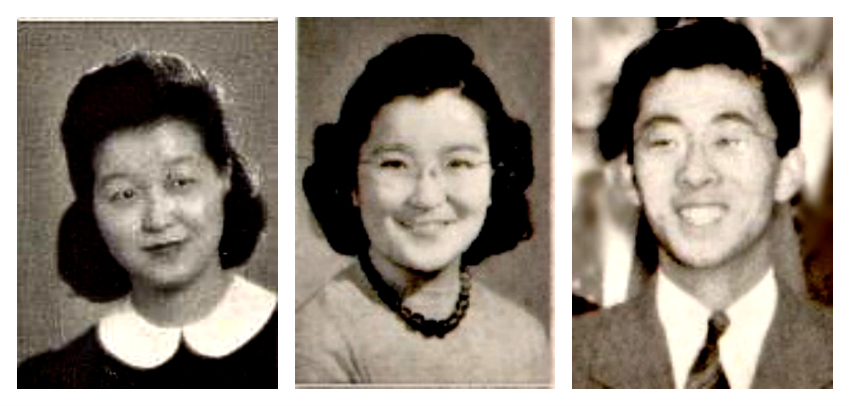Introduction

December 7, 1941, began as an ordinary Sunday for three University of Washington students — Yoshi Uchiyama attended church services, Joyce (Chisako) Higuchi visited the University Museum with a friend, and Kenji Okuda sat with his family listening to the radio. All over Seattle and throughout the country, this was just an ordinary Sunday until those first radio broadcasts announced the bombing of Pearl Harbor. Disbelief was followed by horror and anxiety. Japanese Americans were riveted to their radios. Some hoped that Orson Welles had again created an imaginary invasion, or that perhaps Germans, not Japanese, had raided the port. Others feared outbreaks of racial violence, while still others worried about their parents, who, owing to racist naturalization laws, remained Japanese citizens despite decades of residence.
In the coming weeks and months, Yoshi, Joyce and Kenji — along with all the other University of Washington students of Japanese ancestry — faced an uncertain future. They were forced to address difficult questions of identity, family and patriotism. Some students were forcibly evicted and incarcerated in American-style concentration camps with their families; others relocated to colleges outside the restricted West Coast zone; some enlisted in the military to prove their loyalty to the United States; others resettled in the Midwest and on the East Coast, never to return to Seattle.
During the tumultuous months between Pearl Harbor and the forced evictions in the spring of 1942, the University of Washington mustered its administrative know-how and academic prestige to aid its many students of Japanese ancestry. This project tells the story of a university and its students — a story of institutional perseverance and individual courage.
Note on terminology: Nikkei is a term for those of Japanese descent and is used interchangeably with Japanese American. During the World War II era, the term Nisei was used to designate second-generation Japanese, those born in the United States to immigrant parents. All three terms, Nikkei, Japanese American, and Nisei are used in this project.
